Paleo-bioinspiration Workshop
 The virtual paleo-bioinspiration workshop organized by the Natural History Museum (MNHN) in Paris took place in February 2021. The aim of this event was to bring together researchers from all over the world and different disciplines and to explore the paleo-bioinspiration „landscape“.
The virtual paleo-bioinspiration workshop organized by the Natural History Museum (MNHN) in Paris took place in February 2021. The aim of this event was to bring together researchers from all over the world and different disciplines and to explore the paleo-bioinspiration „landscape“.
After a brief welcome and introduction by Annabelle Aish (MNHN Paris), the first day of the workshop started with multiple scientific presentations on the overall topic „Paleo-bioinspiration“. Bioinspiration uses phenomena in biology to stimulate technological applications. Why is it important to include extinct organisms in this kind of research?
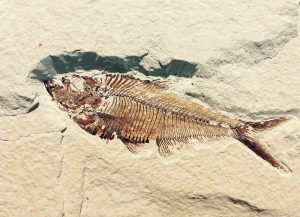 The main input of fossils is the lost biodiversity. Today’s diversity is just a snapshot of the diversity that existed in the past. The presentations gave interesting and inspiring insights into the possibilities of using information from extinct animals. The topics ranged from plants to invertebrates and vertebrates. Furthermore, the talks considered other important aspects such as how to collaborate with the industry.
The main input of fossils is the lost biodiversity. Today’s diversity is just a snapshot of the diversity that existed in the past. The presentations gave interesting and inspiring insights into the possibilities of using information from extinct animals. The topics ranged from plants to invertebrates and vertebrates. Furthermore, the talks considered other important aspects such as how to collaborate with the industry.
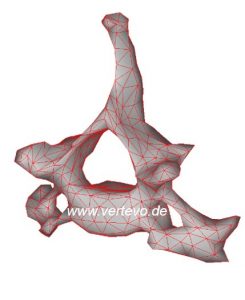 I talked about the vertebral column. It is a defining feature and a vital body part of vertebrates since it protects the spinal cord. The vertebral column is multi-element structure. It is composed of several units that are the vertebrae. There is a lot of variability within an individual column and also across taxa. The overall goal is to understand the factors that shape the evolution of the vertebral column.
I talked about the vertebral column. It is a defining feature and a vital body part of vertebrates since it protects the spinal cord. The vertebral column is multi-element structure. It is composed of several units that are the vertebrae. There is a lot of variability within an individual column and also across taxa. The overall goal is to understand the factors that shape the evolution of the vertebral column.
The second day served fruitful disucssions on the hot topics and major questions in paleo-bioinspiration.
References:
Böhmer C, Fasquelle B, Furet M, Wenger P, Abourachid A (2019). Combining precision and power to maximize performance: a case study of the woodpecker’s neck. Computer Methods in Biomechanics and Biomedical Engineering: Supplement for the International French Society of Biomechanics 2019 Conference, Poitiers, France. DOI: 10.1080/10255842.2019.1668135
Böhmer C (2020). Der Hals als Bioinspiration für technische Innovationen [The neck as bioinspiration for technical innovations]. in Werneburg I and Betz O. Phylogenie, Funktionsmorphologie und Bionik. Texte zum 60. Phylogenetischen Symposium in Tübingen. Scidinge Hall Verlag Tübingen. [PDF] ![]()
Müller M A, Merten L, Böhmer C and Nyakatura J A (2021). Pushing the boundary? Testing the ‚functional elongation hypothesis‘ in the giraffe’s neck. Evolution. DOI: 10.1111/evo.14171
Wintrich T, Scaal M, Böhmer C, Schellhorn R, Kogan I, van der Reest A and Sander M (2020) Paleontological evidence reveals convergent evolution of intervertebral joint types in amniotes. Scientific Reports. DOI: 10.1038/s41598-020-70751-2
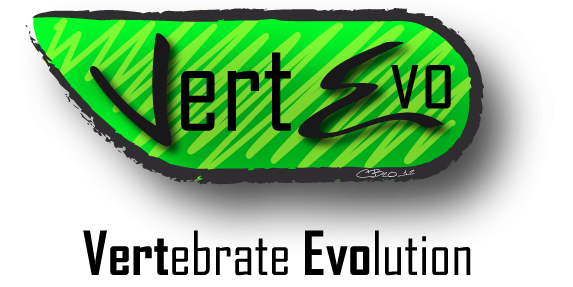
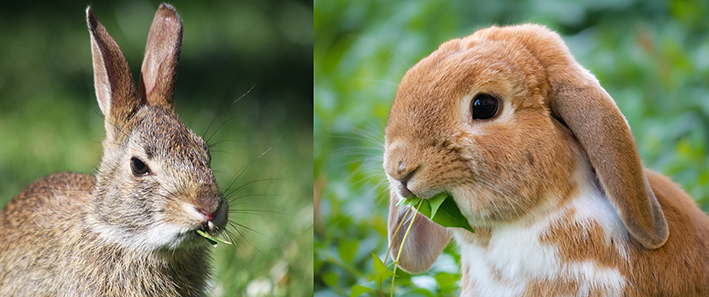
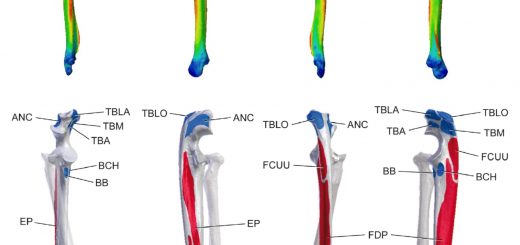

Neueste Kommentare